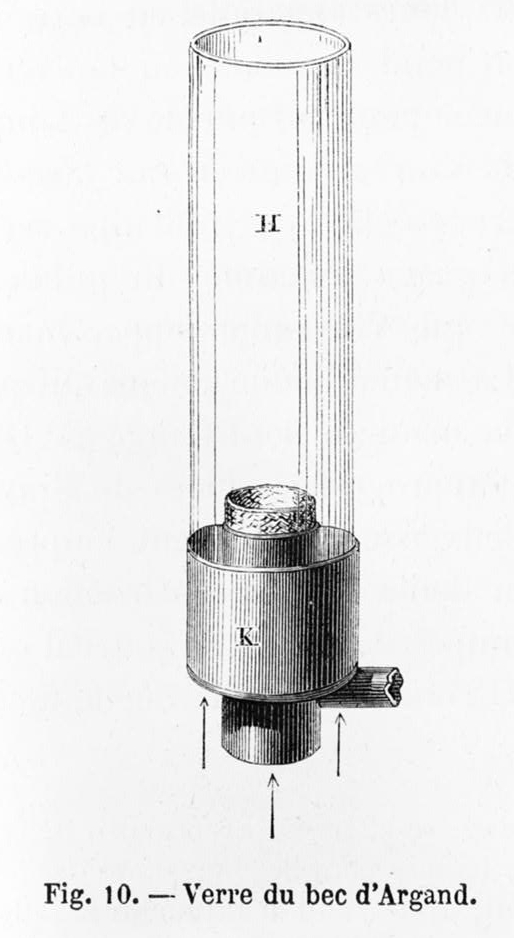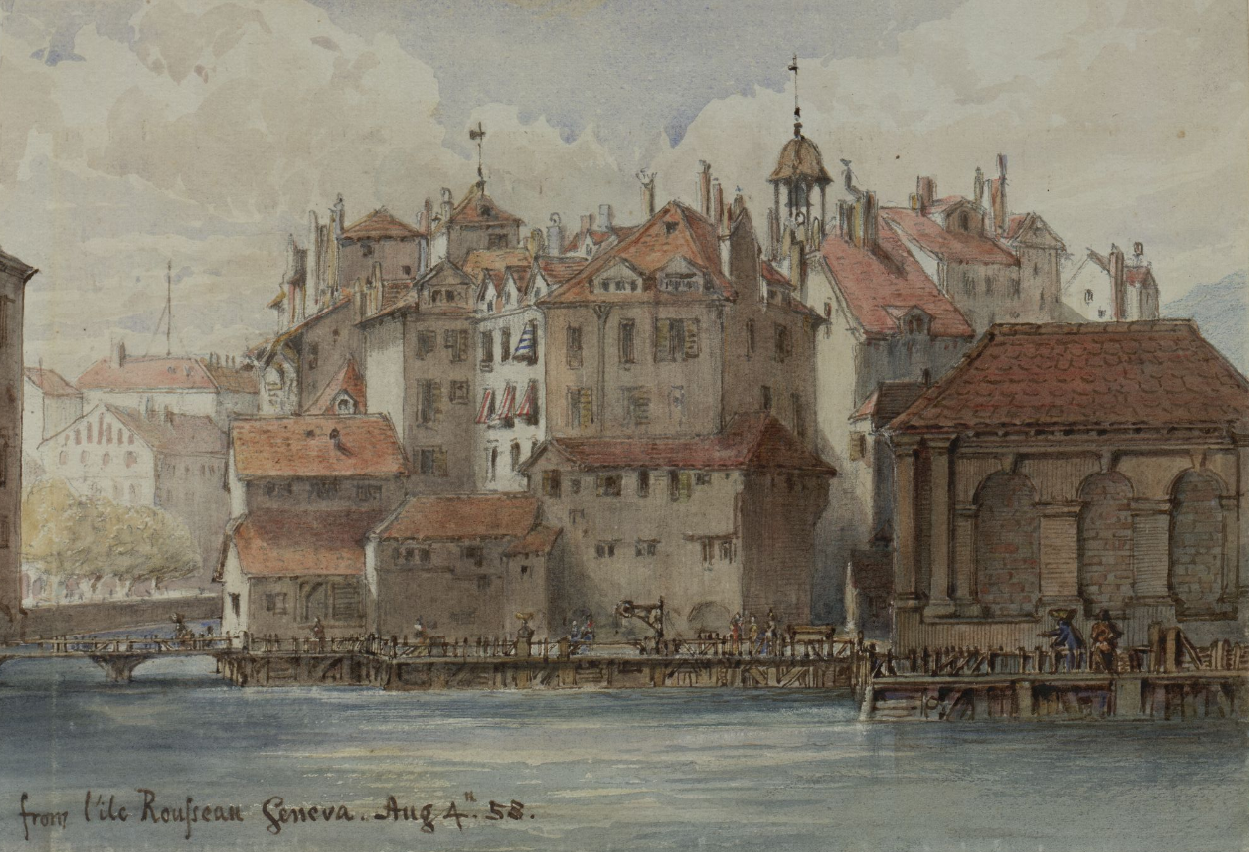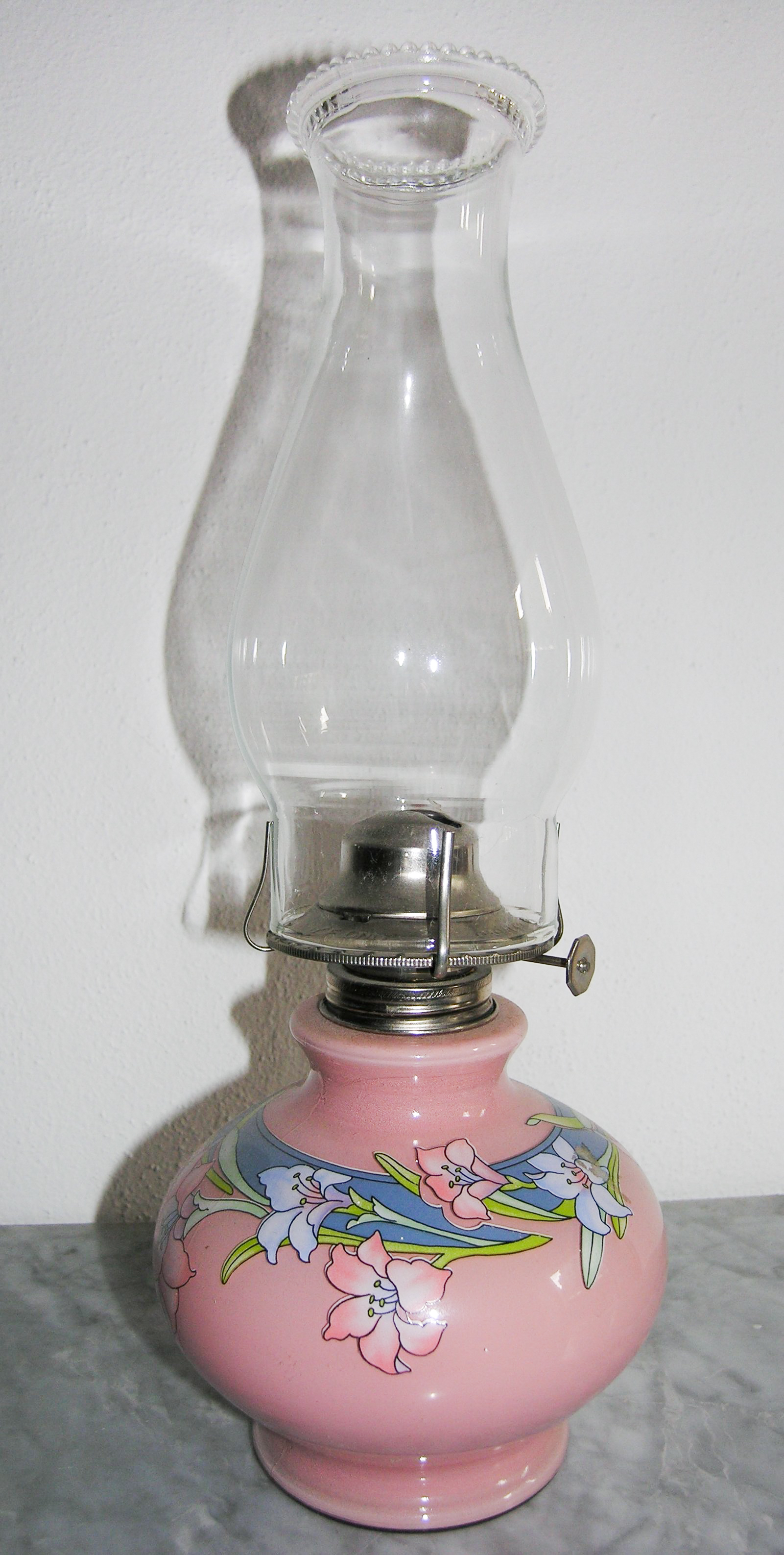|
Ami Argand
François-Pierre-Amédée Argand, known as Ami Argand (5 July 1750 – 14 or 24 October 1803) was a Republic and Canton of Geneva#History, Genevan physicist and chemist. He invented the Argand lamp, a great improvement on the traditional oil lamp. Early years Francois-Pierre-Amédée Argand was born in Geneva, Republic of Geneva, the ninth of ten children. His father was a watchmaker, who intended for him to enter the clergy. However, he had an aptitude more for science, and became a pupil of the noted botanist and meteorologist Horace-Bénédict de Saussure. He published several scientific papers on meteorological subjects while in Paris in his late twenties. He took a teaching post in chemistry and developed some ideas for improving the distillation of wine into brandy, and, with his brother, successfully built a large distillery. The invention During this period, in 1780, he started to invent improvements on the conventional oil lamp. The basic idea was to have a cylindrical ... [...More Info...] [...Related Items...] OR: [Wikipedia] [Google] [Baidu] |
Geneva
Geneva ( ; french: Genève ) frp, Genèva ; german: link=no, Genf ; it, Ginevra ; rm, Genevra is the second-most populous city in Switzerland (after Zürich) and the most populous city of Romandy, the French-speaking part of Switzerland. Situated in the south west of the country, where the Rhône exits Lake Geneva, it is the capital of the Republic and Canton of Geneva. The city of Geneva () had a population 201,818 in 2019 (Jan. estimate) within its small municipal territory of , but the Canton of Geneva (the city and its closest Swiss suburbs and exurbs) had a population of 499,480 (Jan. 2019 estimate) over , and together with the suburbs and exurbs located in the canton of Vaud and in the French departments of Ain and Haute-Savoie the cross-border Geneva metropolitan area as officially defined by Eurostat, which extends over ,As of 2020, the Eurostat-defined Functional Urban Area of Geneva was made up of 93 Swiss communes and 158 French communesFederal Statistical O ... [...More Info...] [...Related Items...] OR: [Wikipedia] [Google] [Baidu] |
Whale Oil
Whale oil is oil obtained from the blubber of whales. Whale oil from the bowhead whale was sometimes known as train oil, which comes from the Dutch word ''traan'' (" tear" or "drop"). Sperm oil, a special kind of oil obtained from the head cavities of sperm whales, differs chemically from ordinary whale oil: it is composed mostly of liquid wax. Its properties and applications differ from those of regular whale oil, and it was sold for a higher price. Source and use Emerging industrial societies used whale oil in oil lamps and to make soap. In the 20th century it was made into margarine. With the commercial development of the petroleum industry and vegetable oils, the use of whale oils declined considerably from its peak in the 19th century into the 20th century. This is said to have saved whales from extinction. In the 21st century, with most countries having banned whaling, the sale and use of whale oil has practically ceased. Whale oil was obtained by boiling strip ... [...More Info...] [...Related Items...] OR: [Wikipedia] [Google] [Baidu] |
1803 Deaths
Eighteen or 18 may refer to: * 18 (number), the natural number following 17 and preceding 19 * one of the years 18 BC, AD 18, 1918, 2018 Film, television and entertainment * ''18'' (film), a 1993 Taiwanese experimental film based on the short story ''God's Dice'' * ''Eighteen'' (film), a 2005 Canadian dramatic feature film * 18 (British Board of Film Classification), a film rating in the United Kingdom, also used in Ireland by the Irish Film Classification Office * 18 (''Dragon Ball''), a character in the ''Dragon Ball'' franchise * "Eighteen", a 2006 episode of the animated television series '' 12 oz. Mouse'' Music Albums * ''18'' (Moby album), 2002 * ''18'' (Nana Kitade album), 2005 * '' 18...'', 2009 debut album by G.E.M. Songs * "18" (5 Seconds of Summer song), from their 2014 eponymous debut album * "18" (One Direction song), from their 2014 studio album ''Four'' * "18", by Anarbor from their 2013 studio album ''Burnout'' * "I'm Eighteen", by Alice Cooper common ... [...More Info...] [...Related Items...] OR: [Wikipedia] [Google] [Baidu] |
1750 Births
Year 175 ( CLXXV) was a common year starting on Saturday (link will display the full calendar) of the Julian calendar. At the time, it was known as the Year of the Consulship of Piso and Iulianus (or, less frequently, year 928 ''Ab urbe condita''). The denomination 175 for this year has been used since the early medieval period, when the Anno Domini calendar era became the prevalent method in Europe for naming years. Events By place Roman Empire * Marcus Aurelius suppresses a revolt of Avidius Cassius, governor of Syria, after the latter proclaims himself emperor. * Avidius Cassius fails in seeking support for his rebellion and is assassinated by Roman officers. They send his head to Aurelius, who persuades the Senate to pardon Cassius's family. * Commodus, son of Marcus Aurelius and his wife Faustina, is named Caesar. * M. Sattonius Iucundus, decurio in Colonia Ulpia Traiana, restores the Thermae of Coriovallum (modern Heerlen) there are sources that state th ... [...More Info...] [...Related Items...] OR: [Wikipedia] [Google] [Baidu] |
Protestants
Protestantism is a Christian denomination, branch of Christianity that follows the theological tenets of the Reformation, Protestant Reformation, a movement that began seeking to reform the Catholic Church from within in the 16th century against what its followers perceived to be growing Criticism of the Catholic Church, errors, abuses, and discrepancies within it. Protestantism emphasizes the Christian believer's justification by God in faith alone (') rather than by a combination of faith with good works as in Catholicism; the teaching that Salvation in Christianity, salvation comes by Grace in Christianity, divine grace or "unmerited favor" only ('); the Universal priesthood, priesthood of all faithful believers in the Church; and the ''sola scriptura'' ("scripture alone") that posits the Bible as the sole infallible source of authority for Christian faith and practice. Most Protestants, with the exception of Anglo-Papalism, reject the Catholic doctrine of papal supremacy, ... [...More Info...] [...Related Items...] OR: [Wikipedia] [Google] [Baidu] |
Physicists From The Republic Of Geneva
A physicist is a scientist who specializes in the field of physics, which encompasses the interactions of matter and energy at all length and time scales in the physical universe. Physicists generally are interested in the root or ultimate causes of phenomena, and usually frame their understanding in mathematical terms. Physicists work across a wide range of research fields, spanning all length scales: from sub-atomic and particle physics, through biological physics, to cosmological length scales encompassing the universe as a whole. The field generally includes two types of physicists: experimental physicists who specialize in the observation of natural phenomena and the development and analysis of experiments, and theoretical physicists who specialize in mathematical modeling of physical systems to rationalize, explain and predict natural phenomena. Physicists can apply their knowledge towards solving practical problems or to developing new technologies (also known as applied ... [...More Info...] [...Related Items...] OR: [Wikipedia] [Google] [Baidu] |
18th-century Scientists From The Republic Of Geneva
The 18th century lasted from January 1, 1701 ( MDCCI) to December 31, 1800 ( MDCCC). During the 18th century, elements of Enlightenment thinking culminated in the American, French, and Haitian Revolutions. During the century, slave trading and human trafficking expanded across the shores of the Atlantic, while declining in Russia, China, and Korea. Revolutions began to challenge the legitimacy of monarchical and aristocratic power structures, including the structures and beliefs that supported slavery. The Industrial Revolution began during mid-century, leading to radical changes in human society and the environment. Western historians have occasionally defined the 18th century otherwise for the purposes of their work. For example, the "short" 18th century may be defined as 1715–1789, denoting the period of time between the death of Louis XIV of France and the start of the French Revolution, with an emphasis on directly interconnected events. To historians who expand the ... [...More Info...] [...Related Items...] OR: [Wikipedia] [Google] [Baidu] |
Malaria
Malaria is a mosquito-borne infectious disease that affects humans and other animals. Malaria causes symptoms that typically include fever, tiredness, vomiting, and headaches. In severe cases, it can cause jaundice, seizures, coma, or death. Symptoms usually begin ten to fifteen days after being bitten by an infected mosquito. If not properly treated, people may have recurrences of the disease months later. In those who have recently survived an infection, reinfection usually causes milder symptoms. This partial resistance disappears over months to years if the person has no continuing exposure to malaria. Malaria is caused by single-celled microorganisms of the '' Plasmodium'' group. It is spread exclusively through bites of infected '' Anopheles'' mosquitoes. The mosquito bite introduces the parasites from the mosquito's saliva into a person's blood. The parasites travel to the liver where they mature and reproduce. Five species of ''Plasmodium'' can infect and be spr ... [...More Info...] [...Related Items...] OR: [Wikipedia] [Google] [Baidu] |
Kerosene Lamp
A kerosene lamp (also known as a paraffin lamp in some countries) is a type of lighting device that uses kerosene as a fuel. Kerosene lamps have a wick or mantle as light source, protected by a glass chimney or globe; lamps may be used on a table, or hand-held lanterns may be used for portable lighting. Like oil lamps, they are useful for lighting without electricity, such as in regions without rural electrification, in electrified areas during power outages, at campsites, and on boats. There are three types of kerosene lamp: flat-wick, central-draught (tubular round wick), and mantle lamp. Kerosene lanterns meant for portable use have a flat wick and are made in dead-flame, hot-blast, and cold-blast variants. Pressurized kerosene lamps use a gas mantle; these are known as Petromax, Tilley lamps, or Coleman lamps, among other manufacturers. They produce more light per unit of fuel than wick-type lamps, but are more complex and expensive in construction and more complex ... [...More Info...] [...Related Items...] OR: [Wikipedia] [Google] [Baidu] |
James Watt
James Watt (; 30 January 1736 (19 January 1736 Old Style and New Style dates, OS) – 25 August 1819) was a Scottish people, Scottish invention, inventor, mechanical engineer, and chemist who improved on Thomas Newcomen's 1712 Newcomen steam engine with his Watt steam engine in 1776, which was fundamental to the changes brought by the Industrial Revolution in both his native Great Britain and the rest of the world. While working as an instrument maker at the University of Glasgow, Watt became interested in the technology of steam engines. He realised that contemporary engine designs wasted a great deal of energy by repeatedly cooling and reheating the cylinder (engine), cylinder. Watt introduced a design enhancement, the Watt steam engine#Separate condenser, separate condenser, which avoided this waste of energy and radically improved the power, efficiency, and cost-effectiveness of steam engines. Eventually, he rotative beam engine, adapted his engine to produce rotary motio ... [...More Info...] [...Related Items...] OR: [Wikipedia] [Google] [Baidu] |
Matthew Boulton
Matthew Boulton (; 3 September 172817 August 1809) was an English manufacturer and business partner of Scottish engineer James Watt. In the final quarter of the 18th century, the partnership installed hundreds of Boulton & Watt steam engines, which were a great advance on the state of the art, making possible the mechanisation of factories and mills. Boulton applied modern techniques to the minting of coins, striking millions of pieces for Britain and other countries, and supplying the Royal Mint with up-to-date equipment. Born in Birmingham, he was the son of a Birmingham manufacturer of small metal products who died when Boulton was 31. By then Boulton had managed the business for several years, and thereafter expanded it considerably, consolidating operations at the Soho Manufactory, built by him near Birmingham. At Soho, he adopted the latest techniques, branching into silver plate, ormolu and other decorative arts. He became associated with James Watt when Watt's ... [...More Info...] [...Related Items...] OR: [Wikipedia] [Google] [Baidu] |
William Parker (glassmaker)
William Parker (probably born in the 18th century–1817) was a British glassmaker and inventor. Based in London, William Parker gained renown for his glass cutting and manufacturing. The foremost chandelier manufacturer of the late 18th century, he provided aristocratic, noble, and royal houses with fine glass chandeliers. Parker also specialized in manufacturing glass for scientific instruments: William Parker and Son, of Fleet Street, London, supplied British chemist Joseph Priestley with lenses and bell jars for many of his experiments, and continued to do so after Priestley’s move to America. In 1784, William Parker sent the American Philosophical Society a large burning lens A burning glass or burning lens is a large convex lens that can concentrate the sun's rays onto a small area, heating up the area and thus resulting in ignition of the exposed surface. Burning mirrors achieve a similar effect by using reflecting s ... device which could focus the sun's rays, there ... [...More Info...] [...Related Items...] OR: [Wikipedia] [Google] [Baidu] |








